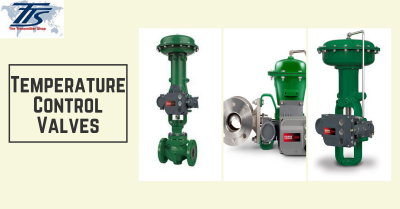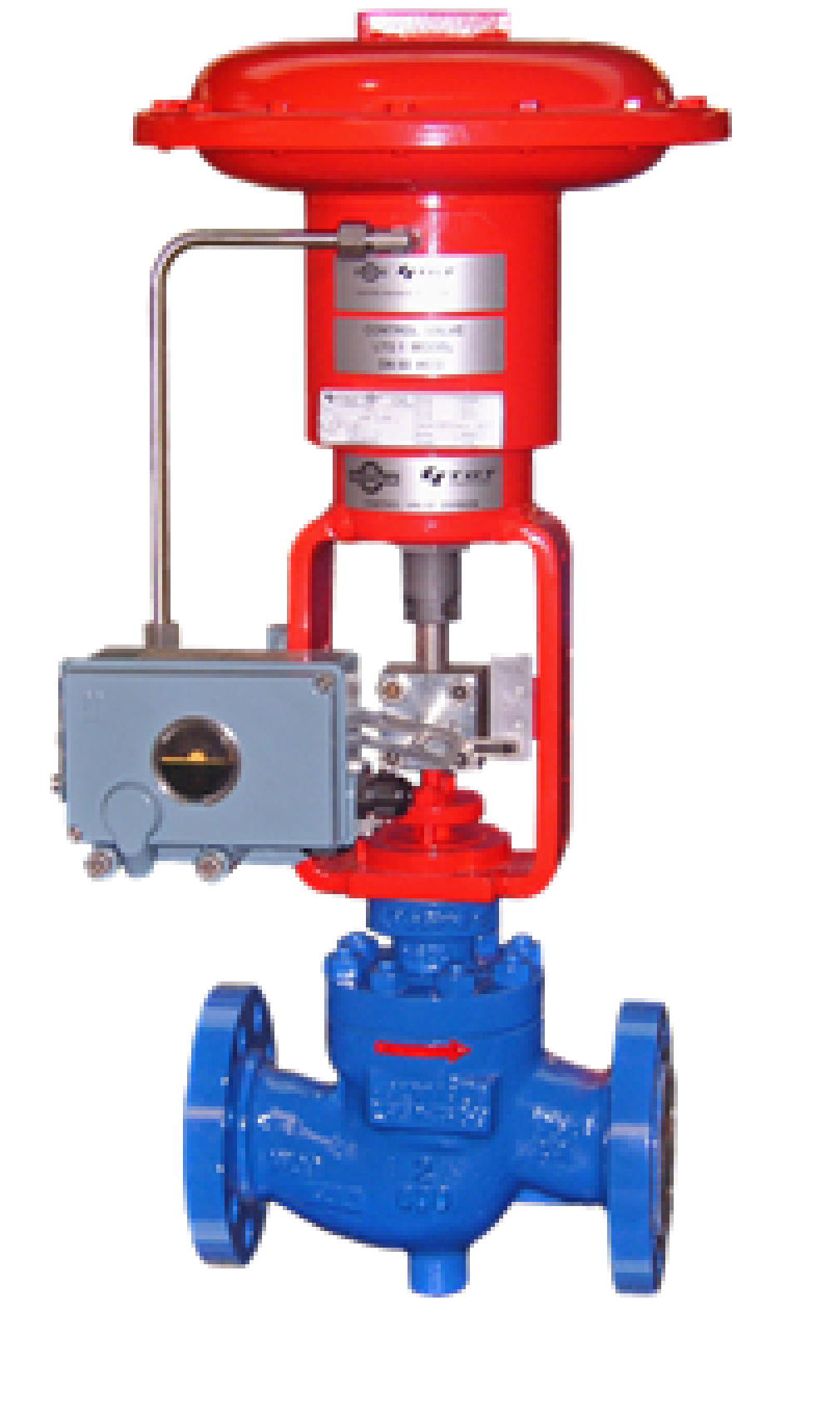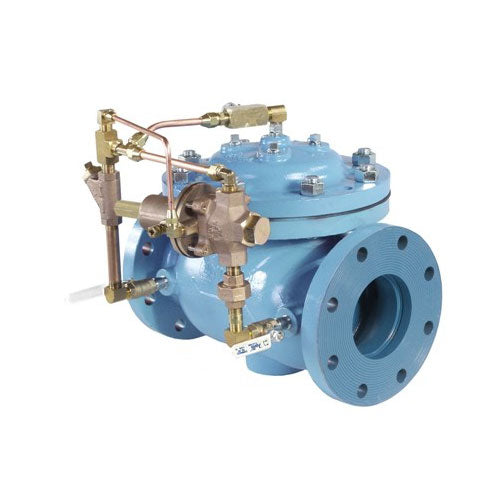Efficient Control Valves: Secret Elements for Efficient System Administration
Efficient Control Valves: Secret Elements for Efficient System Administration
Blog Article

Maximize Energy Savings and Convenience With Advanced Structure Automation Controls
In the realm of contemporary design and facility management, the combination of innovative structure automation controls stands as a pivotal improvement. By using the power of automation, buildings can adapt, react, and develop in methods that were once unthinkable.
Power Effectiveness Benefits
Power efficiency benefits can significantly lower energy consumption and operational expenses in structures. Energy-efficient systems, such as sophisticated structure automation controls, can enhance the usage of resources like illumination, cooling, and home heating, leading to lower energy costs over time.
Furthermore, enhanced power effectiveness can extend the life-span of building tools and systems. By running extra efficiently, HVAC systems, light, and other structure parts experience less deterioration, leading to minimized maintenance and substitute expenses. In addition, energy-efficient buildings typically command higher residential or commercial property values and rental prices, giving long-term economic benefits to proprietors.
In addition, power effectiveness can improve passenger convenience and performance. Correctly regulated interior environments with optimal illumination and thermal conditions develop a more helpful and pleasurable office, causing improved employee fulfillment and performance. Overall, the energy performance benefits related to advanced building automation controls are multifaceted, including expense financial savings, ecological stewardship, and resident health.
Enhanced Comfort Control
Enhancing comfort control in structure environments calls for a sophisticated combination of innovative automation systems for optimum owner wellness. By using innovative building automation controls, centers can customize the interior environment to satisfy the details requirements and preferences of owners. control valves.
Improved convenience control goes past fundamental temperature modifications. It consists of features such as individualized settings, occupancy sensing units, and all-natural light use to develop a dynamic and responsive setting. By incorporating these innovative controls, structures can not only boost comfort yet additionally improve power performance by enhancing system procedures based on actual tenancy and usage patterns. Ultimately, prioritizing owner convenience through advanced automation systems leads to an extra delightful and healthier interior atmosphere.
Operational Efficiency Improvements

Moreover, the application of real-time surveillance and analytics devices allows building drivers to identify power ineffectiveness and functional anomalies quickly. By constantly monitoring energy use patterns and system efficiency metrics, changes can be made in real-time to enhance energy usage and make sure peak operational efficiency. control valves. Additionally, including demand response techniques into structure automation controls can better enhance functional efficiency by dynamically changing power usage based on grid problems and pricing signals
Indoor Climate Optimization
Efficient interior climate optimization is an essential aspect of building automation controls, making certain residents' comfort and well-being while making the most of energy cost savings. By making use of sophisticated sensors and controls, constructing automation systems can continuously check and change temperature level, moisture degrees, air high quality, and air flow to develop an optimal indoor setting. Preserving regular and comfy conditions not just boosts passenger complete satisfaction but additionally increases efficiency and general well-being.
Indoor environment optimization additionally plays a critical duty in energy efficiency. By fine-tuning cooling, heating, and home air flow systems based upon real-time data and occupancy patterns, building automation controls can significantly reduce energy consumption - control valves. Carrying out strategies such as demand-controlled ventilation and thermal zoning can assist minimize energy waste while making sure that each area of the structure gets the needed conditioning.

Lasting Setting Creation
Structure automation controls not just optimize indoor environment conditions for power efficiency and owner comfort however also lay the foundation for developing a lasting environment through tactical administration of resources and systems. By incorporating sophisticated structure automation modern technologies, such as sensors, actuators, and smart software, facilities can keep track of and readjust power use in real-time to minimize waste and decrease their carbon footprint. These systems make it possible for predictive maintenance, recognizing potential issues before they rise and enhancing devices performance to improve longevity and effectiveness.
Moreover, sustainable setting production extends beyond energy management to encompass water preservation, waste decrease, and indoor air high quality improvement. Building automation controls can manage water usage, discover leakages, and my explanation make certain proper garbage disposal methods, adding to total sustainability initiatives. Furthermore, by checking and regulating air flow and purification systems, these technologies boost occupant wellness and efficiency while reducing energy consumption linked with HVAC procedures.
Final Thought
Finally, progressed building automation regulates deal significant benefits in terms of power financial savings, convenience control, functional efficiency, interior climate optimization, and producing a sustainable atmosphere. By implementing these controls, structures can achieve optimal performance while minimizing energy intake and improving passenger comfort. It is apparent that using sophisticated automation modern technology is essential in boosting building performance and creating an extra lasting future.
Energy efficiency advantages can substantially lower power consumption and operational expenses in buildings. In general, the energy effectiveness benefits linked with innovative building automation controls are multifaceted, encompassing cost financial savings, ecological stewardship, and passenger health.
Furthermore, including need feedback methods right into structure automation controls can even more improve functional effectiveness by dynamically changing energy usage based on grid conditions and rates signals.
Structure automation regulates not only enhance indoor climate problems for energy efficiency and resident comfort however additionally lay the structure for creating a sustainable atmosphere through tactical monitoring of Read Full Report systems and sources.In conclusion, advanced structure automation regulates deal considerable benefits in terms of energy cost savings, convenience control, functional effectiveness, indoor climate optimization, and producing a sustainable atmosphere.
Report this page